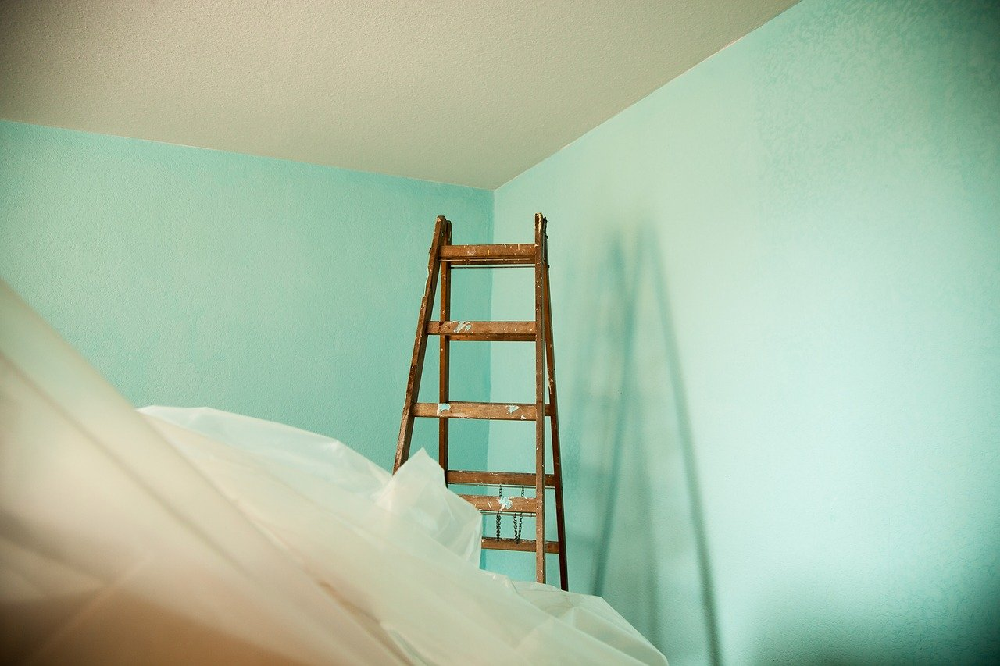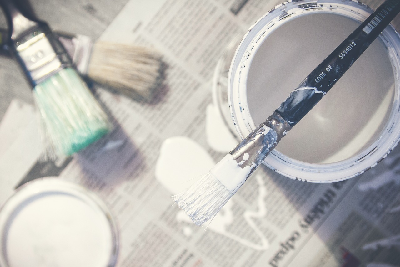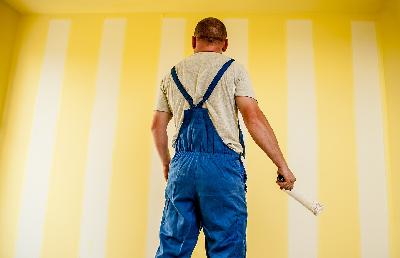In most cases, repainting the walls is an integral part of the commercial renovation. A choice of colour is only one of the aspects you have to figure out when selecting the paint. You will also need to decide which type to choose. How to adjust your choice to the surface and purpose? Here are some tips!
When painting the walls, carefulness and attention to detail are the most significant. However, even if you suitably prepare them and thoroughly cover them with few layers of paint, you may not be satisfied with the effect. Why? One of the most common reasons is an inadequate choice of product.
Depending on its composition, the paint may have different levels of adhesion and various finishings. Some are perfect for the interiors, while others, due to particular properties, deal with the fluctuating exterior conditions really well.
In our article, we will try to help you choose the appropriate product for painting any surface. As specialists who have been working in the industry for decades, we know the importance of correct material selection.

How to choose paint for the exterior walls?
When choosing the paint for the facades, you should take the changing conditions into mind. Contrary to the interior ones, your exterior walls are exposed to fluctuating conditions - high and low humidity, a broad range of temperatures, UV radiation, and so on. Thus, their resistance should be much higher.
The exterior walls made with bricks or siding are perfect for painting, too. Which paints should you choose for them?
Siding
The siding, usually made from vinyl, is an often-selected alternative for the painted walls. It keeps the vivid colours for much longer and does not require a radical makeover every few years. The siding will not crack and break with time, as the paint layer may. However, if you want to change its appearance, you do not have to exchange the whole external siding layer. Instead, you can simply paint it.
The paint for siding should be 100% acrylic in order to achieve the highest level of adhesion. This kind of product will stick to the siding very tightly, with no risk of flaking off in the following years. Make sure to apply primer first to prepare the surface for the wall and make it smoother.
Brick
Due to its rougher texture, brick is more challenging than siding when it comes to painting. However, with an appropriately chosen roller, you can distribute the paint thoroughly while underlining the naturally porous structure of the brick.
Which paint type will be the most suitable for a brick facade? We would go for acrylic, latex, or elastomeric. All these paints provide a high level of adhesion and are easy to distribute on most surfaces.
Metal
If your facade has some metal elements, you may consider covering them with paint in order to bring them back the fresh look, but also for protection. If you are dealing with metal non-resistant to corrosion, you can choose rustproof paint. It creates a layer on the metal surface, preventing the chemical reactions from occurring - even when the humidity levels reach peaks.
Which paint to choose for interior painting?
When it comes to facades, acrylic paint is often the first option due to the high adhesion level with various materials, from wood to siding, and better resistance. It is not as prone to peeling and cracking as the latex one. However, for the interiors, we recommend using latex instead. Why?
Latex paints are more effective. Since they provide better coverage, you need fewer layers to achieve a satisfactory effect. And that means less money spent on paint cans. At the same time, they produce fewer fumes, which makes them safer for interior use. After putting some acrylic layers in your interiors, you would need to ventilate the rooms for days in order to be able to spend time there safely. Also, they are much easier to clean.
In the areas where the levels of humidity are particularly high, you may consider using latex paint with protective properties which prevent the mould from appearing. Remember that you can paint with the latex variant over the layer of oil-based paint, but the opposite way, it will not work. If you need some help with choosing the materials and tools for your next project (or with carrying it out), reach out to us - we will figure out something together!




